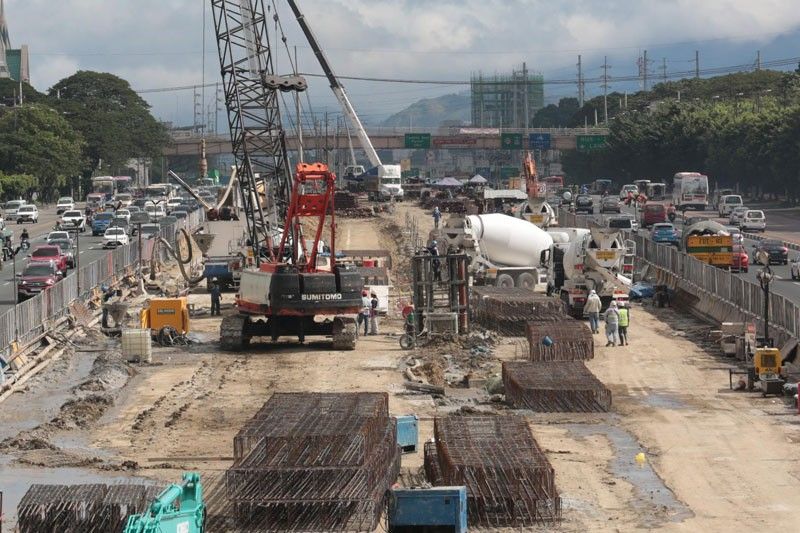BBB must showcase completed projects to sustain momentum – ADB

MANILA, Philippines — Several big-ticket projects under the Build Build Build program must be finished within President Duterte’s term for the infrastructure development program to sustain momentum in succeeding administrations, a ranking official of the Asian Development Bank (ADB) said yesterday.
Stephen Groff, ADB vice president for operations in East Asia, Southeast Asia and the Pacific, said the Philippines is emerging from a decades-long under-investment in infrastructure and is undergoing the pains of meticulous planning for mega-projects that would have widespread economic benefits.
“We can’t underestimate how challenging this type of infrastructure investment is and these types of mega projects do need time,” he said in an interview yesterday.” These large projects are significant so we need to design these projects appropriately and correctly to make sure we are giving the most economic value to these projects.”
The administration has lined up 75 flagship infrastructure projects under the Build Build Build program which would require a total funding of P8.13 trillion in six years.
On Wednesday, the National Economic and Development Authority (NEDA) approved 20 projects valued at more than P1 trillion.
Groff said it should not be a cause for concern if all these projects cannot be completed within the six-year political cycle, but the current administration must end its term with something to show for so Filipinos would gain confidence in the ability of the government to continue its mammoth infrastructure program.
“I think the key to that is getting enough done that your average citizen can see the benefits of this kind of investment. You have to get some things done during that time. It cannot be all projects that were just started. It has to be projects that were started and completed. You do not have to complete all the projects within one six-year political cycle. So I think it’s just a matter of setting directionality and gaining momentum behind some of these mega projects for people to realize this is going to change their economic prospects in the future,” he said.
Infrastructure spending in the Philippines, he said, is now becoming more aligned with regional trends beginning in 2016 when public infrastructure spending was placed at 4.5 percent of gross domestic product (GDP), rising to 5.4 percent of GDP in 2017.
“They (economic managers) are now looking at having it close to six percent this year. So that is quite a large increase from the last 20 years. And regionally, the Philippines has historically lagged in infrastructure spending among ASEAN. So if spending is hiked up to six percent of GDP annually, it brings it much more in line with countries like Vietnam and Thailand,” said Groff.
ADB is among the top providers of developmental finance to the Philippines.
In November last year, it extended a $100 million loan and a $5 million technical assisstance grant to help the Philippine government prepare $3.8 billion worth of public infrastructure projects comprising roads, railways, bridges, flood control mechanisms and airports.
In December 2017, the bank committed $300 million to support reforms to deepen the Philippines’ capital markets and promote the development of long-term finance in support of the infra buildup program. In the same month, it approved a $380 million loan to improve 280 kilometers of national roads in Mindanao and strengthen the capacity of the Department of Public Works and Highways.
Groff said the multilateral bank is now working on the mobilization of funds and technical assistance for the rehabilitation of Marawi City which was demolished by an almost year-long fighting between government forces and Maute terrorists last year.
- Latest
- Trending



























